

The primary objective of this project is to achieve trustworthy face representation learning and attribute analysis, focusing on attack defense and privacy protection. This objective will be addressed by tackling several critical challenges:
(1) Robust Architectures: Existing face attribute analysis methods rely on generic DNNs like ResNet pre-trained on basic visual datasets such as ImageNet. These methods inherit the known weaknesses of DNNs, including poor robustness against domain shifting and adversarial disturbances. Therefore, developing robust and generic descriptors and network architectures is essential for trustworthy face representation learning.
(2) Hybrid Attack Defense: Current face attack detection methods are inadequate for handling hybrid attacks, as they typically focus on individual attack types. There is a need for unified attack detection methods to defend against hybrid and overlapped face attacks, enhancing the trustworthiness of face analysis.
(3) Heterogeneous Data Handling: Most trustworthy face learning studies are limited to 2D visible light face images, neglecting other formats like depth maps, infrared images, and 3D/4D images. These data formats are crucial for specific face analysis tasks, necessitating trustworthy learning in scenarios involving heterogeneous face data.
(4) Privacy Protection: Contemporary privacy-protection methods, such as de-identification, often compromise the authenticity of processed samples and struggle to balance the removal of sensitive information with data utility. Integrating new technologies like digital synthesis or federated learning with large-scale face analysis can potentially enhance both privacy and data utility.


